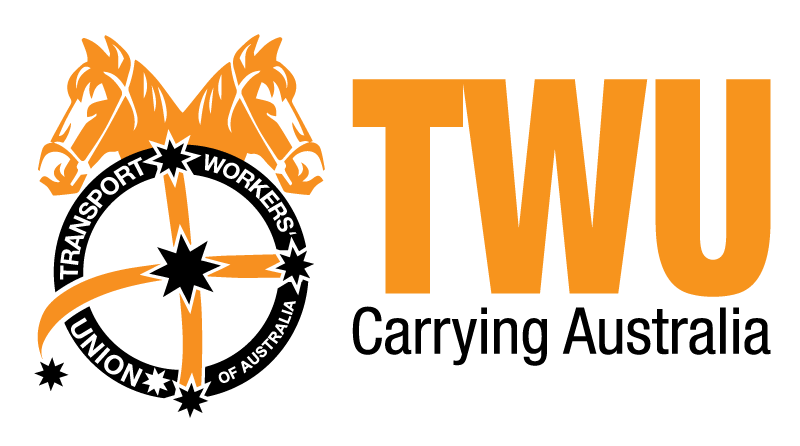An exciting new event is taking the science of conservation out of the lab and into the community, using the power of art.

BIOMES is celebrating National Biodiversity Month and is an art science collaboration calling on the community to ignite a new passion for conservation and even contribute to crucial current conservation projects.
Defined as living communities, BIOMES is a collaboration between the Faculty of Science and the Faculty of Education and Arts at the University of Newcastle. Scientists from the Conservation Biology Science Group were concerned their science on conservation wasn’t reaching the people who can make change on the ground – the community, so they decided to take action and amplify their message that everyone can participate in biodiversity by making it accessible through art.
“We wanted a way to share the wonders of the natural world with the community and the role of science in protecting those wonders. The result is a really exciting, now virtual due to COVID-19, exhibition that will empower the community to take their own action and to see their region as a living, sustainable and diverse community,” said Dr Alex Callen, Conservation Biologist with the School of Environmental and Life Sciences and curator of BIOMES.
Dr Bernadette Drabsch, scientific illustrator and also a curator of BIOMES from the School of Creative Industries said that the exhibition was the result of some very agile collaboration between artists and scientists as they firstly designed physical pieces, then redesigned them to be suitable for a digital environment in the face of ongoing COVID-19 measures.
“This is a really lovely combination of art and science and what we’re trying to do is bring the focus on the conservation of our really beautifully biodiverse country,” said Dr Drabsch.
BIOMES includes a virtual gallery developed by the Fastlab in the School of Creative Industries where the click of a mouse button brings the story of each piece of art to life. The invasive cane toad, originally developed as a 3D printed model has been transformed to a digital model and compared with the often-mistaken native Banjo frog, to show the key physical differences between friend and foe.
Excitingly, BIOMES is dovetailing with the international online event, In Kepler’s Gardens, the 2020 program of the world’s leading festival for Art, Technology and Society by the Austrian organisation Ars Electronica.
A Twitter event called Habitat Hunters (@Biomes2020) will profile a key biome (natural environment) every week during September and encourage people to visit these areas and record some of the amazing biodiversity present. These citizen scientists will also be contributing to an important dataset about the location of threatened plants and animals in the region.
BIOMES aims to address the human issues causing today’s climate emergency and biodiversity crisis by celebrating stories that bring biodiversity back from the brink of extinction. Hunter and Central Coast Development Corporation (HCCDC), a key partner and project sponsor of BIOMES has commissioned artworks for the event that highlight their progressive work at the interface of biodiversity and business.
HCCDC Acting Chief Executive Valentina Misevska said HCCDC was pleased to support BIOMES as a great way to inspire and involve the community in biodiversity outcomes.
“We have long partnered with the University of Newcastle on our Kooragang Island remediation project. BIOMES is a great way to showcase and share with the community the great work we have done in creating new green and golden bell frog habitat in previously contaminated areas.”
The exhibition will run from 5 – 30 September and will be online here: https://www.biomes.art/.
A teaser video is available to watch here: https://www.facebook.com/watch/?v=337401784125517
BIOMES key partners include:
- Hunter and Central Coast Development Corporation
- NSW Department of Planning, Industry and Environment
- NSW Local Land Services
- Hunter Region Landcare Network
- Aurizon







